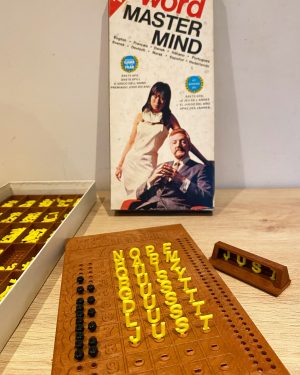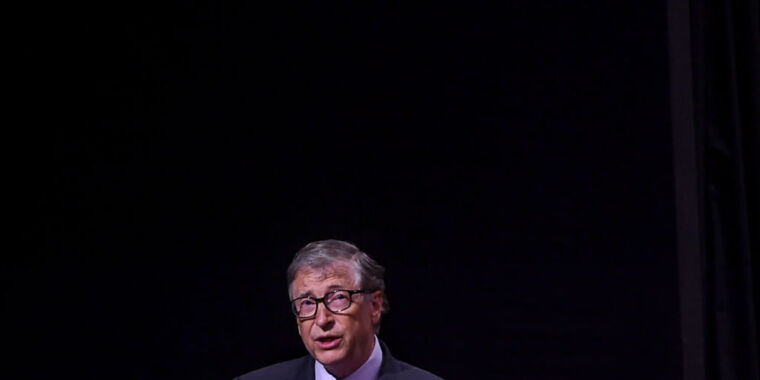-
How do I do this without a touchscreen?
NYT / Hasbro -
Why let a web site mark your letters when someone else at your party can do it?
NYT / Hasbro -
PARTY!
NYT / Hasbro -
Comes with everything you see here. Batteries not included (or necessary)
NYT / Hasbro -
A preview of what you’ll be seeing in the Barnes & Noble “gifts for people you know only kind of well” section this December.
NYT / Hasbro
On Thursday, The New York Times and Hasbro announced Wordle: The Party Game, a $20 physical version of the viral web game hit that will be available starting in October. But this new game is far from the first to allow players to essentially “play Wordle in real life,” as the marketing copy promises.
Aside from the obvious change in medium, Wordle: The Party Game differentiates itself from its digital inspiration mainly through multiplayer gameplay designed for two to four players (recommended for ages 14 and up, according to the manufacturer). The most basic play mode has players alternating as the “host” who gets to choose a secret five-letter word—don’t worry, CNN reports the game will come packaged with “an official word list to use, compiled by the Times” if you can’t think of your own.
The non-host player then uses an included dry-erase game board to guess at the host’s secret word. After that, the host marks letters using translucent green and yellow tiles—patterned after the digital game—to indicate letters that are in the correct spot and letters that are present somewhere else in the secret word, respectively. Players receive points based on how many guesses it takes to home in on the secret word.
What word am I thinking of?
While this will be the first officially branded Wordle product available in the physical world, a long line of similar and near-identical board games have led up to the release of Wordle: The Party Game.
Basic code-guessing games can be traced back, at least, to Bulls and Cows, a public-domain pen-and-paper game that at least one source suggests has been around for “a century or more.” In this game, players guess at a secret four-digit number and receive clues telling them how many digits are in the right position (bulls) or present but in the wrong position (cows).

In 1955, the release of pen-and-paper game Jotto changed the guessing target from a secret number to “any five-letter word in the dictionary except those capitalized and those designated as foreign words,” as the official rules put it. In Jotto, two players would take turns guessing at each others’ secret words, scoring “jots” (and crucial information) based on how many letters in their guess appeared somewhere in the opponent’s secret word. Even more points were available for guessing the full word as quickly as possible.

In 1973, Scrabble-maker Selchow and Righter would release their own version of Jotto. Around the same time, though, Parker Brothers was expanding on the concept a bit with Word Mastermind.
Much like the original color-based Mastermind (or Cows and Bulls before it), in Word Mastermind players receive two pieces of information after each guess: how many letters are in the proper location and how many letters are present in the wrong location.
Word Mastermind appeared in many versions over the years, comprising many different languages, word lengths, and other names, like Call My Bluff and What’s My Word? But the original Word Mastermind is probably my favorite of these just because of the bright yellow letter tiles that stick up from the board, practically screaming “I am from the 1970s” as they do.








